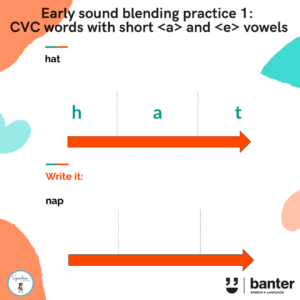(R201) Early sound blending practice 1: CVC words with short a and e vowels
Original price was: $5.99.$0.00Current price is: $0.00. including GST
CVC words with short <a> and <e> vowels. Early phoneme blending practice using the basic code and word initial continuants.
Why blending? Learning to decode letters into speech sounds, and then to blend the speech sounds together to form words is a fundamental reading skill for all students in their first year of schooling.
Why the basic code? To keep things simple, we start with consonant-vowel-consonant (CVC) word structures composed of high frequency letter-sound links.
Description
CVC words with short <a> and <e> vowels. Early phoneme blending practice using the basic code and word initial continuants.
Why blending? Learning to decode letters into speech sounds, and then to blend the speech sounds together to form words is a fundamental reading skill for all students in their first year of schooling.
Why the basic code? To keep things simple, we start with consonant-vowel-consonant (CVC) word structures composed of high frequency letter-sound links.
Why start the words with continuants? A continuant is a consonant which is sounded with the vocal tract partly closed, which allows the breath to pass through and for the speech sound to be stretched or prolonged (e.g. /f, l, m, n, r, s/ and /v/). They’re easier to blend for beginners than words that start with short ‘stops’ like <b>, <d> or <g>.
Why read and write the words? Early encoding (writing) practice helps consolidate early decoding (reading) skills (and vice versa).
The resource can be downloaded in PDF and Google Slides formats.
Related resources:
-
- Early sound blending practice 2: CVC words with short <i> and <o> vowels
- Early sound blending practice 3: CVC words with short <u> vowel
- Early sound blending practice 4: CCVC words – starting with a continuant
- Early sound blending practice 5: CVCC words – starting with a continuant
- Early sound blending practice 6: CCVCC words – starting with a continuant
- The b/d letter-sounds sorter (with CVC words, sentence and story workout)
- CCVC Words in Sentences: Is Stan a brat?
- CVCC Words in Sentences: Wendy has zest!
- Early Reading Workout – Stan has three cats: Dom, Don and Dan (CVC, CVCC, CCVC)
- Split digraph minimal pair sentences
- Polysyllabic words in sentences
For free, decodable stories focusing on the basic code, check out: Is your Kindy kid really reading? Find out with our 7 free mini stories

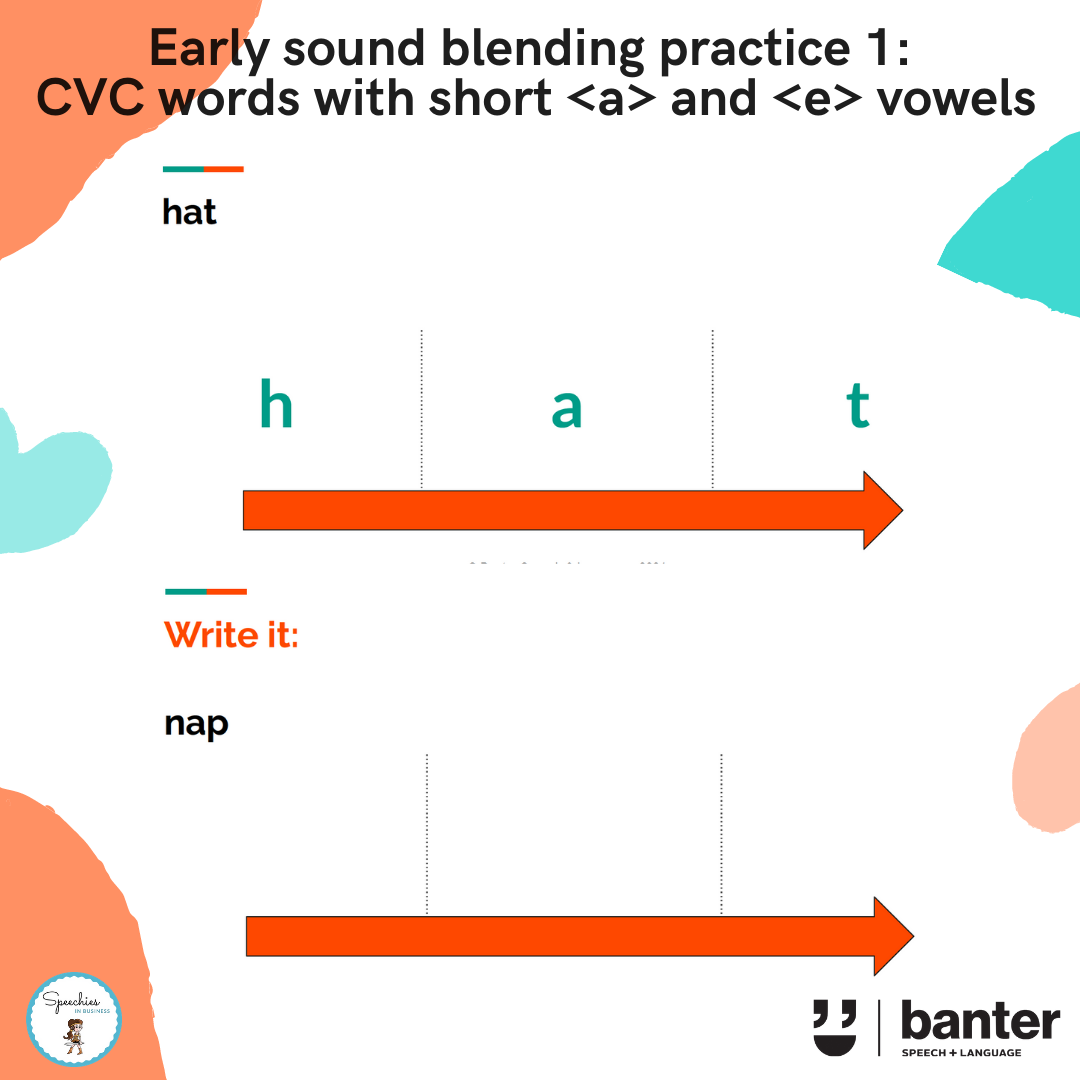




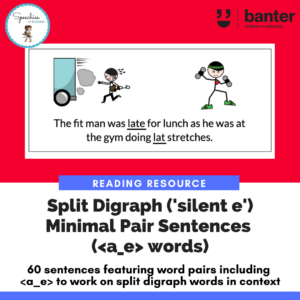

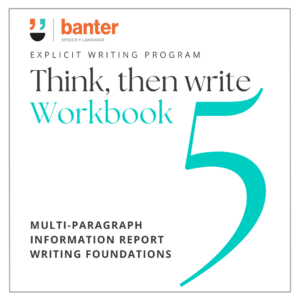
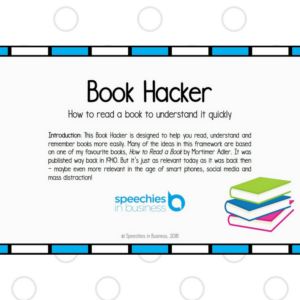
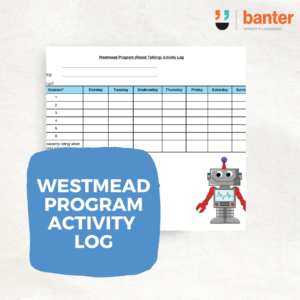 (S112) Westmead Program for Stuttering: Robot Talking Activity Log
(S112) Westmead Program for Stuttering: Robot Talking Activity Log 